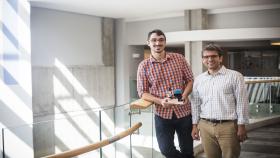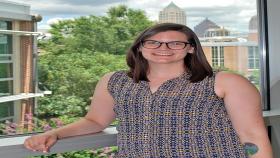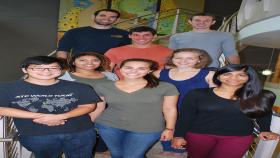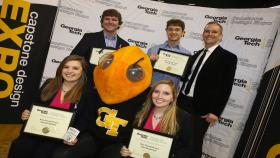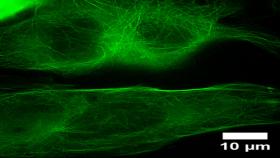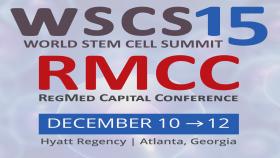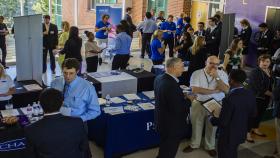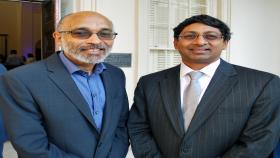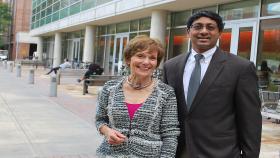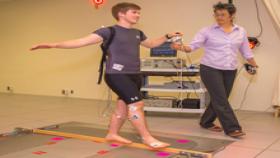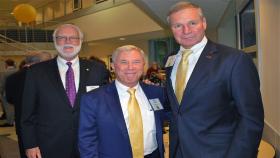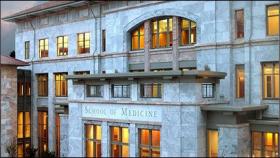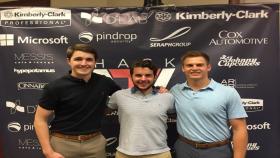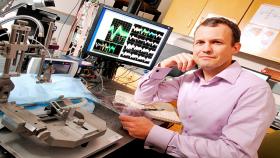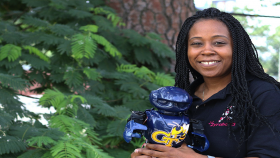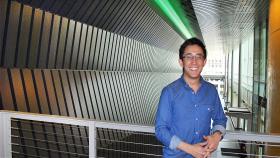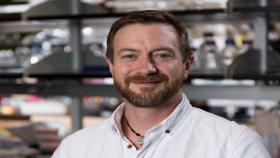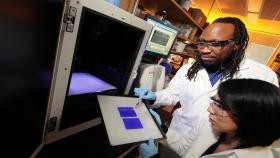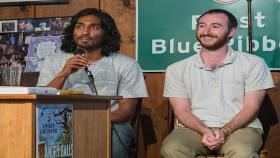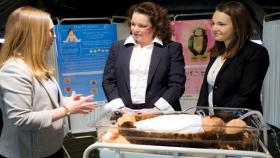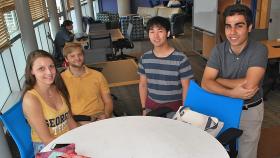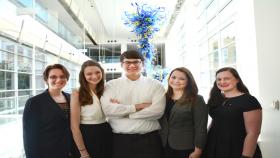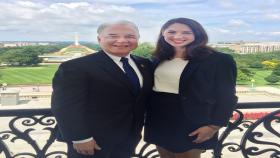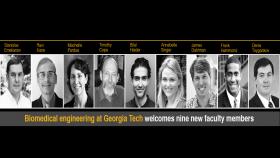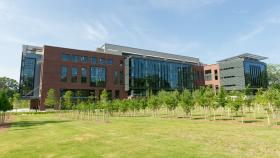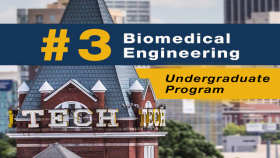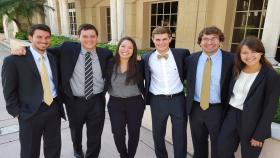Coulter Department News
Coulter Department News
The Collegiate Inventors Competition has selected a team of two Georgia Tech and Emory graduate students as finalists in its 2016 annual competition.
Researchers have developed a sensor to show the location of hydrogen peroxide inside living cells with high resolution.
REM plays lead role in annual gathering of global stakeholders
Distinguished lecturer presents research on anesthesia’s effects on the brain
Donates gift of $150,000 to help support BME undergraduate students
When Schaar heard about UNICEF’s Wearables for Good design challenge, she encouraged students to submit their ideas.
Study finds ballet training may improve balance and coordination in daily activities
Presidents, founders, leaders, and faculty celebrate anniversary of interdisciplinary research institute
BME Faculty Recognized by Emory University School of Medicine
Two teams of Georgia Tech students brought home the top prizes at Hack ATL, the largest undergraduate business “hackathon” in the Southeast.
Five teams of Georgia Tech-Emory researchers awarded $50,000 each
James Dahlman’s research team demonstrates streamlined control of complex gene regulation
Two researchers from the Georgia Institute of Technology are riding a second wave of grants from the National Institutes of Health (NIH) to support…
Georgia Tech and Emory faculty members are uniting to train the next generation of engineering students in healthcare robotics technologies, so they…
New system employs nanoparticles for improved early stage detection
The NIH has awarded $3.5 million to develop new techniques for tracking and treating pulmonary fibrosis.
A new technique could give women and their oncologists more personalized information for choosing breast cancer treatment options.
Recent grads create product that makes it easy to grow your own produce
BME team’s summer Ireland project selected as UNICEF Wearables for Good Challenge global finalist
Taylor See gets an inside look at healthcare and BME-related legislation
Nine new faculty have joined Georgia Tech and Biomedical Engineering
New Engineered Biosystems Building advances biosciences, bioengineering research
The summer of 2015 was a flurry of activity for those moving into the new Engineered Biosystems Building. But what exactly does it take to move a lab?
Six Georgia Tech biomedical engineering students won the best design category in the BMES Coulter College competition

